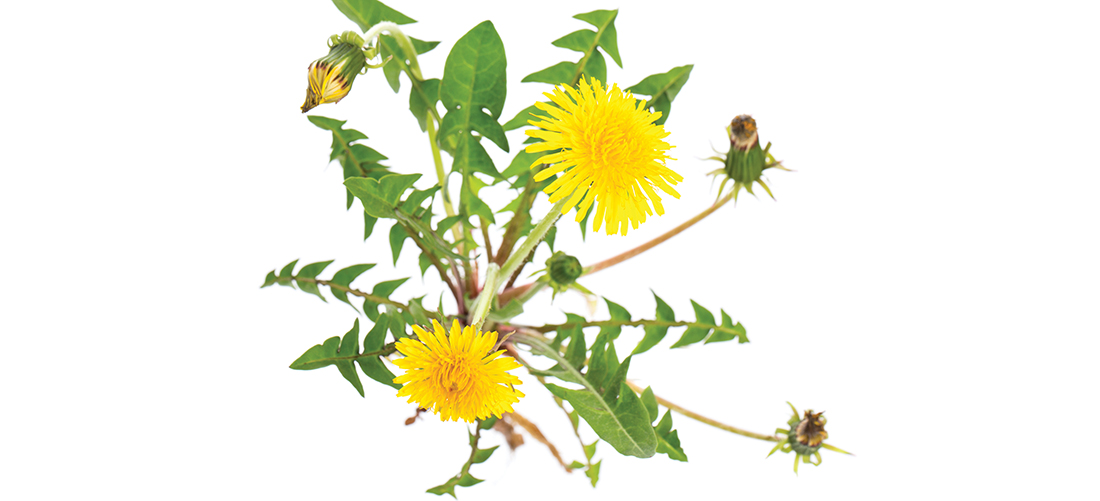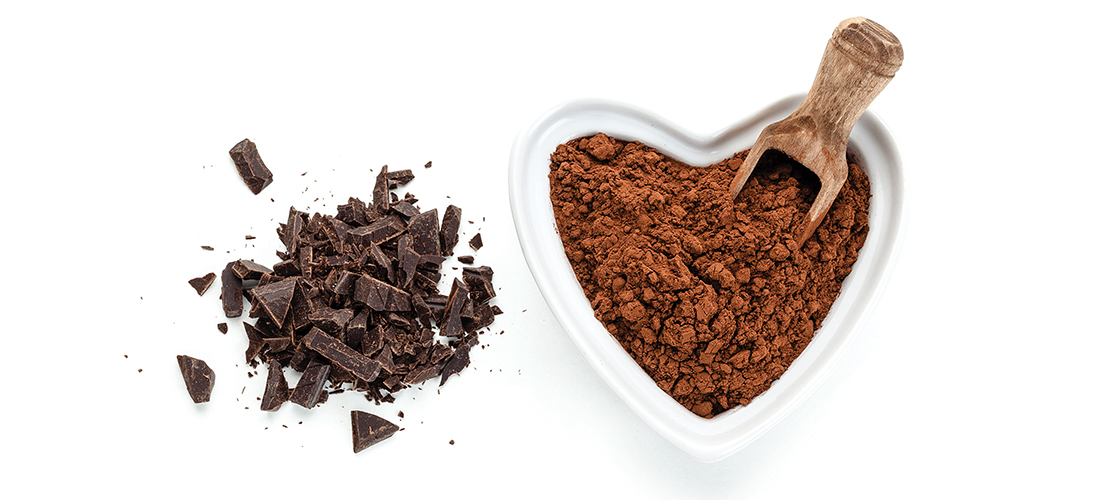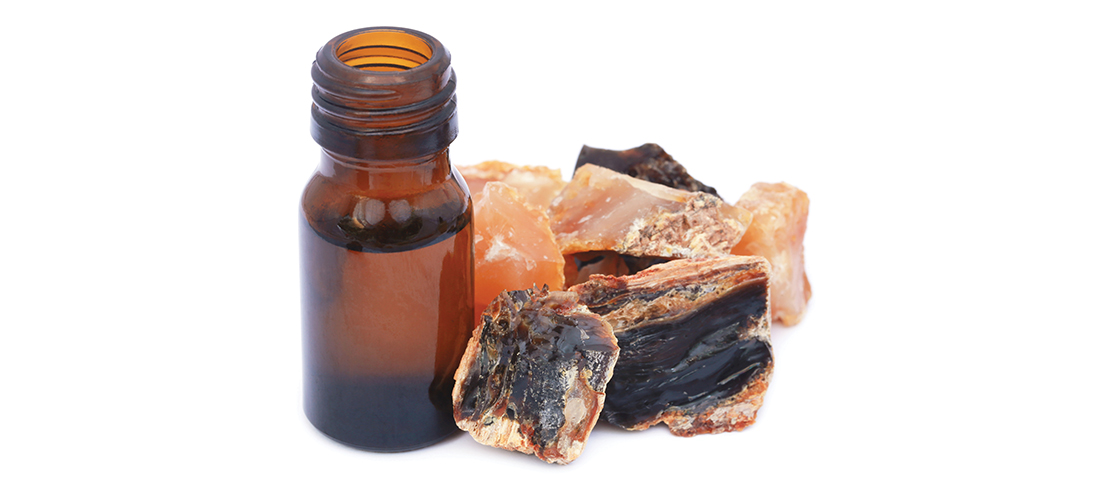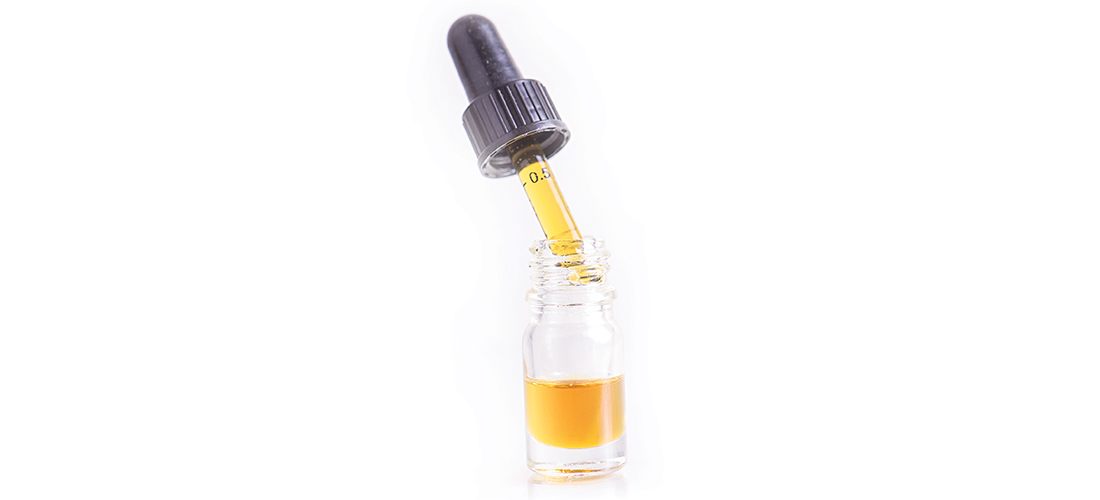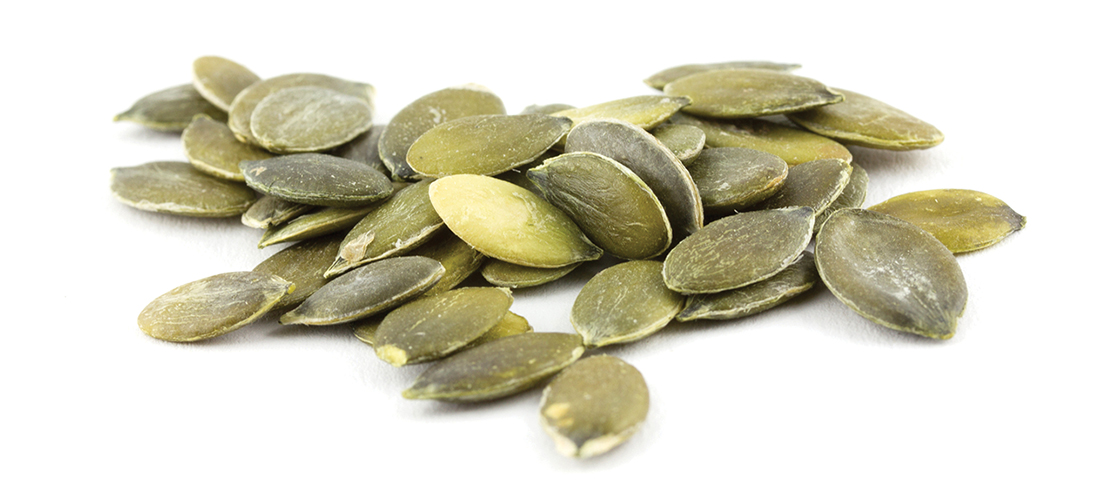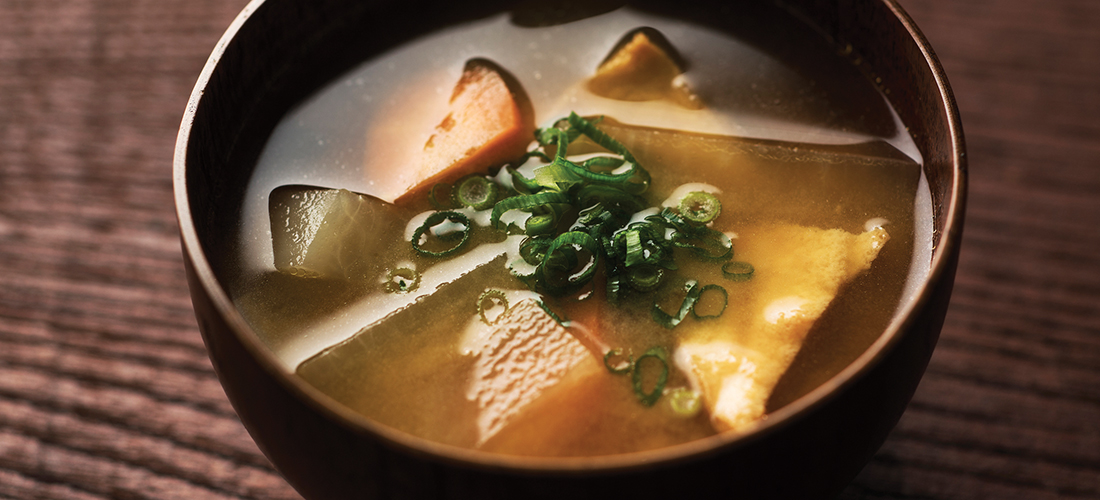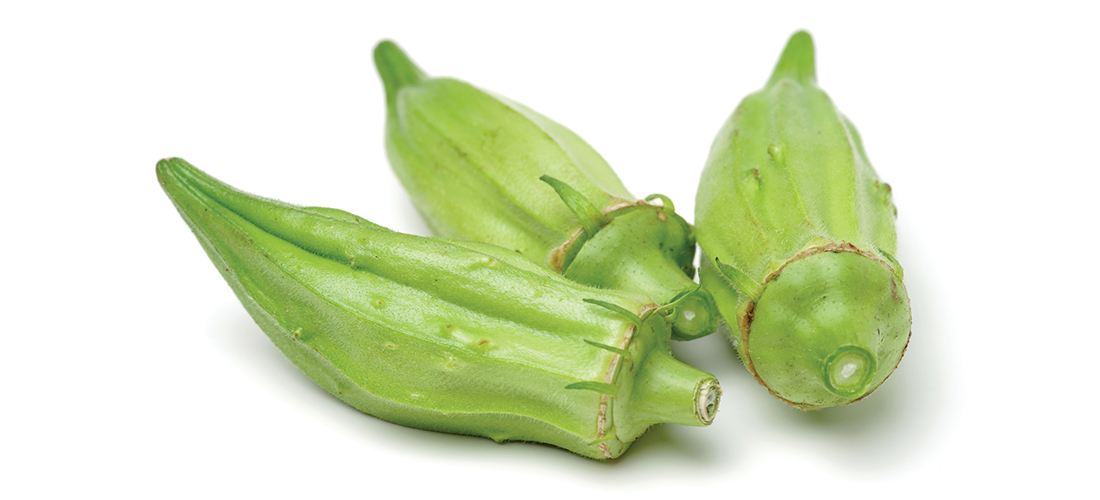Return of the Dandelion
More than just a common weed
By Karen Frye
Our ancestors used their herb gardens as a medicine cabinet. There was an herb for most common maladies: catnip for the colicky baby; comfrey for healing skin and bones; mullein for coughs and colds; and many more. One of the most revered herbs in the garden was the dandelion, a perennial that comes back every spring and flourishes until the first frost.
Fast forward and the dandelion has become the enemy in the yards of modern society. Somehow, it is now a pesky “weed” that must be destroyed! But the dandelion’s usefulness hasn’t changed. The little yellow flowers that appear in spring are used to make dandelion wine. The young, tender leaves can be eaten raw in salads or juiced. You can also sauté the greens for a mixture that improves digestion. When roasted, the roots make a delicious, healthy coffee substitute, without the caffeine. It’s even available in teabag form so you don’t have to roast it yourself.
Each particular part of the plant has different medicinal value, but the root is perhaps the most helpful for many ailments. Dandelion root is revered as a tonic for the kidneys (it is a very effective diuretic). The root helps to stabilize blood sugar and prevent gallstones, cleanses the blood, lowers cholesterol, improves the functions of the spleen, stomach and pancreas. There are many reasons to keep this plant alive and thriving in our landscapes and gardens. Dandelion root is wonderful medicine for the liver, the organ that filters out toxins and manufactures several important hormones. In ancient times, doctors used dandelion to treat colds, bronchitis, pneumonia, ulcers, itching and hepatitis. Want to get rid of those age spots? Dandelion to the rescue!
This spring, if you have some growing around your yard or garden — and the area hasn’t been treated with herbicides — consider using some of the leaves in salads or juice. You can always purchase the capsules, tincture and tea if that is more convenient.
Here are two recipes to entice your taste buds. PS
Karen Frye is the owner and founder of Nature’s Own and teaches yoga at the Bikram Yoga Studio.
Dandelion Dip
1/2 cup cottage cheese
1/4 cup yogurt
1 cup dandelion greens
garlic powder
salt
Mix cottage cheese and yogurt. Mince the greens well, and add the mixture. (Or you can use a blender). Season with garlic powder and salt to taste. Serve with veggies or crackers.
Sautéed Dandelion Greens
1 cup of washed dandelion greens per person, chopped coarsely. Sauté briefly (until wilted) in a little olive oil. You can add onions, peppers, garlic and a little ginger if you like. Sauté until slightly wilted. Add a splash of apple cider vinegar, salt and pepper to taste.

